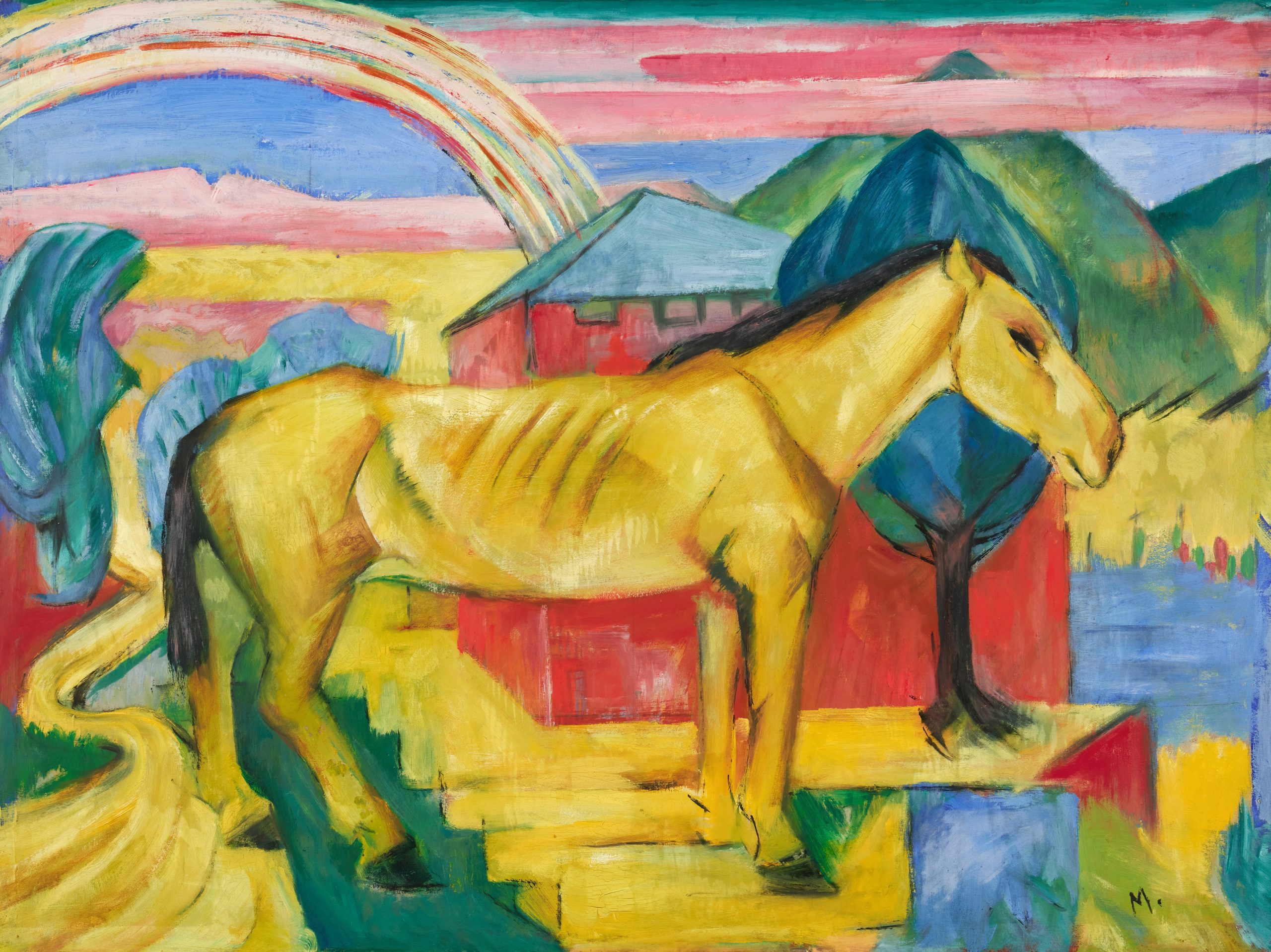Following the recent announcement of the prestigious collection of beauty tycoon Sydell Miller coming to auction, Sotheby’s has unveiled a trio of masterpieces from the collection of Harry Frank Guggenheim headed for the block. This move could inject some excitement and sustained interest in the upcoming marquee November evening sales in New York, despite a cooling market. The November auctions will also mark Sotheby’s move to their new New York headquarters inside the former Whitney/Met Breuer building on the Upper East Side. Although the auction house is reportedly having some cash problems, with delayed payments to shippers and conservators, the funds recently invested by the Abu Dhabi-based sovereign wealth fund ADQ should provide some relief, and the high-impact pieces in next month’s sales—a lineup that includes works by Monet, Kandinsky, Gauguin and Giacometti, among others—will likely help make this season more successful.
This particular Guggenheim was an influential American businessman, philanthropist, diplomat and cultural figure who played a crucial role in founding the Solomon R. Guggenheim Museum in New York. He not only brought significant acquisitions to the institution but also facilitated the first U.S. presentations of several major European Modernists, including Giacometti. It’s fitting, then, that one highlight of Sotheby’s Modern Evening Auction will be a bust by Alberto Giacometti titled Buste (Tête trenchant) (Diego), which Guggenheim acquired soon after its casting. Guggenheim also played a pivotal role in organizing Giacometti’s first U.S. exhibition in 1955, marking the museum’s initial foray into sculpture and introducing the artist’s work to North America.
SEE ALSO: Laura Doyle Is the Decision-Maker Behind the U.S.’s Largest Woman-Owned Auction House
Conceived in 1953 and cast in 1954, the piece represents Giacometti’s brother Diego and showcases the artist’s characteristic blend of psychological intensity and physical form through rough, expressive surfaces. Estimated at $10-15 million, this bust is considered one of the finest examples of Giacometti’s sculptural output during that period and a seminal work that underscores the early relationship between the artist and the Guggenheim family.


Who was Harry Frank Guggenheim?
Known for his passionate engagement with philanthropic ventures, Harry F. Guggenheim was a complex figure and a true Renaissance man. As an avid collector, he played a key role in redefining the Guggenheim family as stewards of a global art institution. Serving as a trustee of the Guggenheim Foundation, Harry was deeply involved in shaping the museum’s direction. After the death of his uncle, Solomon R. Guggenheim, he took on a leadership role, becoming a crucial mediator between the formidable architect Frank Lloyd Wright, who was designing the museum, and the museum’s director, James Sweeney. Wright once remarked, “Harry doesn’t like controversy. Harry likes to win.”
Guggenheim’s contributions were both practical and strategic. He helped secure funding for the project and ensured that the building adhered to Wright’s now-iconic design. Leveraging his art knowledge and extensive network, he facilitated major acquisitions for the museum, collaborated with leadership to develop a programming strategy and conceived the Guggenheim International—a global award celebrating pioneering talent.
He was also a man of varied interests and pursuits. Raised across the U.S., Mexico, and England, he played tennis competitively, even competing at Wimbledon in 1913. He later turned to horse breeding and racing. Between 1933 and 1934, he served as the U.S. Ambassador to Cuba and during both world wars, he flew as a Navy pilot, which sparked his lifelong passion for aviation. As president of the Daniel and Florence Guggenheim Foundation, he funded Dr. Robert H. Goddard’s groundbreaking research in modern rocket and jet propulsion, supported initiatives to advance commercial aviation and meteorology and established schools of aeronautical engineering across the United States.
Proceeds from the sale of the above works will go to the Harry F. Guggenheim Foundation, which was founded in 1929 and supports rigorous research into and scholarship on human violence, awarding competitive grants and fellowships, conducting and commissioning research, publishing reports and hosting conferences, research seminars and public conversations.

